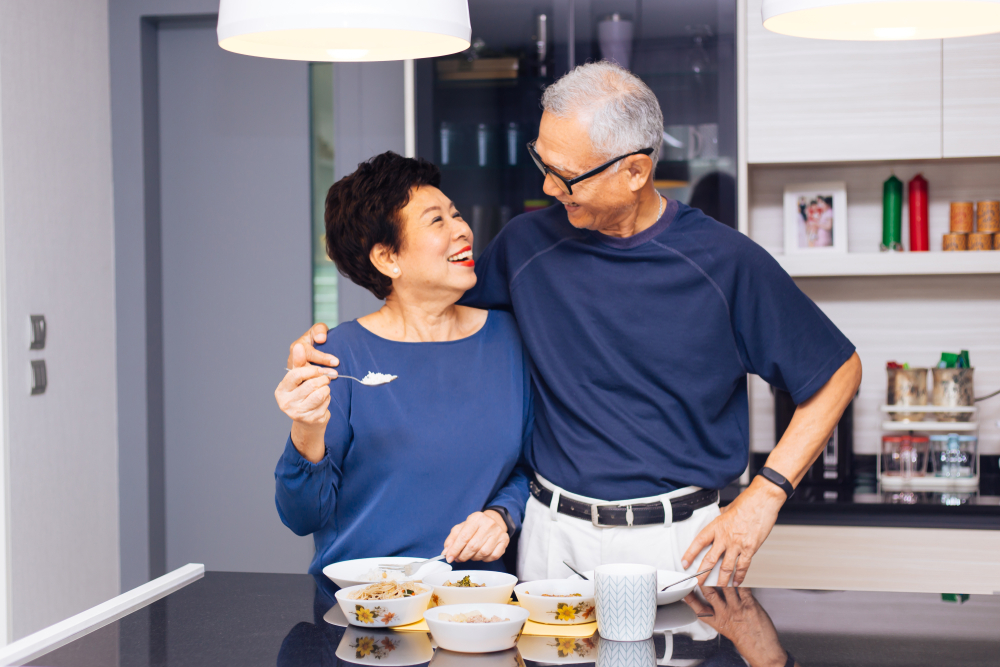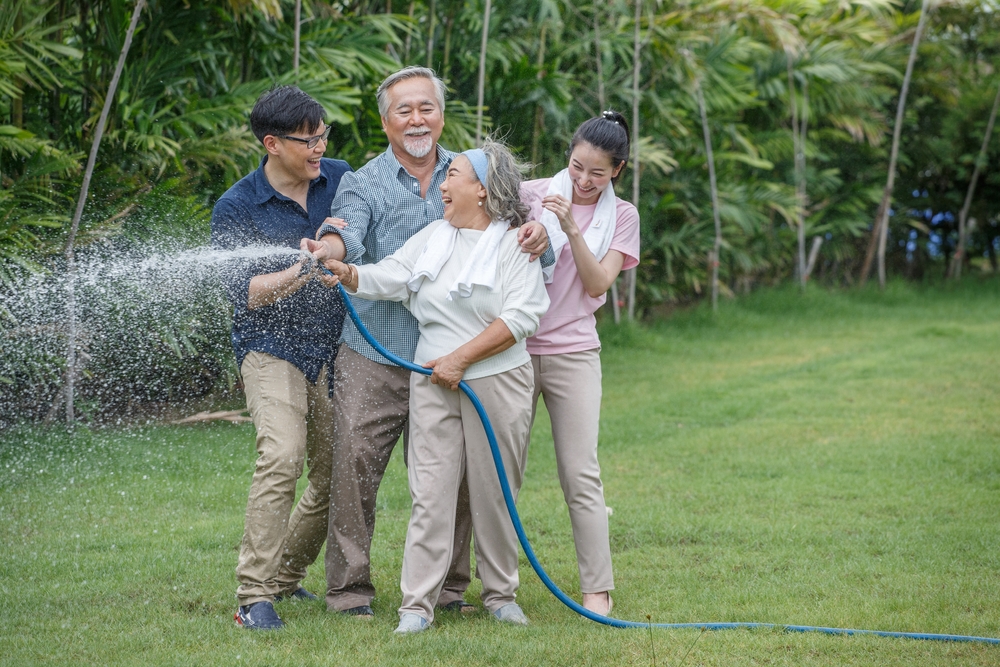
When a person reaches their golden years, they deserve to retire in surroundings safe for them to enjoy. But it takes a little planning to make a senior-friendly haven. Bonus: what makes them safe will ultimately make it so for everyone at home!
“Simple tasks become chores as we get old, which is why seniors consider them a campaign – literally, it causes them pain.”
Let’s take a look at common problems our old folks have on an everyday basis. “Simple tasks become chores as we get old, which is why seniors consider them a campaign – literally, it causes them pain,” jokes Christopher Go, M.D., an ophthalmologist who treats senior citizens. Dr. Go also cares for his mom at home. “Arthritis, rheumatism, blurring of vision, cataracts, diabetes, hypertension – they have to deal with all that to begin with, so we can start by addressing the problem of mobility.”
“I do believe from experience that the number one risk to the elderly is a bad fall. Reduced or lack of mobility, balance and ear problems, all contribute to this risk,” relates Rachelle Medina, a licensed interior designer and former editorin-chief of home improvement lifestyle magazine Real Living.
Fall risks and ageing
According to the American Academy of Orthopaedic Surgeons, muscle fibers become significantly smaller at 50, and the heart is less capable of pumping more blood, making older people tire faster. Furthermore, studies have shown that there’s a massive drop in bone mass, resulting in osteoporosis. Reduced mobility combined with weaker bones can result in serious injuries from falling.
“Even if your home doesn’t have second floor or flight of stairs, any area in the house can be a fall risk,” notes Medina. She adds that even single-story houses with even just few steps to go outside can just be as bad, or things meant to safeguard a house, as bad vision could cause them to miss it. “In our old home, we installed a baby gate to keep the dogs from escaping; however, my father, who was ill at the time, accidentally walked into it, tripping then injuring his arm in the process.” She also notes bathroom hazards: slippery floors and precariously positioned toilet bowls with very few things to hold onto for balance.
Dr. Go emphasizes the need to have assistive objects not just in the bathroom, but also in the living area. “Poorly lit households with either too much or even too little furniture are equally hazardous. On one hand, having too much furniture could injure seniors if they hit them, especially cornered edges... On the other hand, having too little furniture can make it difficult for seniors with an unstable gait, as they will not have anything to hold onto when traversing.”
It pays for younger companions at home to be mindful, says Rachelle, reminding that those with dementia may become victims of things we take for granted. “Open doors, unlocked gates, exposed household chemicals, heavy equipment, kitchens with a gas stove, or an unlocked car with keys still in it all pose a risk for them.”

Reimagining the elderly abode
Many professionally-designed modern homes should consider contemporary building standards to fit everyone’s needs. However, Rachelle acknowledges that there are little improvements that can be done without breaking the bank, and it begins with the choice of room.
“If you have an available bedroom or guest room downstairs, then that is ideal. This minimizes their use of stairs, which in turn minimizes the risk of tripping or falling,” she suggests.
“Next is to declutter your house. Remove any obstacles they could bump into, protrusions that could wound, and tangled wires or cords on the floor that could trip them over. Rugs should also be removed unless they are reinforced underneath by an anti-slip mat.”
While the architecture of the house is usually beyond the control of its occupants, the layout is something that can be changed. “Take out all unnecessary pieces, and make sure there is ample space between the furniture, around 60 cm.,” Medina recommends, allowing seniors to pass in between comfortably and safely while still giving them a close enough handhold if needed. If you have family member with dementia, avoid changing the layout of the house too often, since this reduces the confusion it may cause. It’s also important to get members of the household onboard this in-house policy.
Getting the community involved
Having your neighbors involved could also be a good idea, Rachel adds. “You should inform your [building] admin or security guard that you live with senior(s) and that your family might need assistance during evacuation should an emergency arise.” While it’s a personal responsibility of the household, taking care of the elderly is ultimately a community effort. Efforts have been made in recent years to make public facilities more accessible to senior citizens, whether by walking or by wheelchair, such as putting ramps with a gentle incline; the same principle should apply to homes that are still under construction and should be extended to the immediate vicinity — again, getting the community to participate is important.
Dr. Go advises that seniors should see an ophthalmologist twice a year, especially those with diabetes, who must consult either every 6 months or at the doctor's recommendation. “We don’t just visit an eye doctor to change glasses or check if the glasses are okay; it’s really about checking whether their vision is okay, to see that their life is okay, in general, as their sight plays such an important role at their age.”
Originally published in HealthToday Issue 1 2022
References:1. American Academy of Orthopaedic Surgeons. Effects of Aging. OrthoInfo resource page. Available at: https://orthoinfo.aaos.org/en/staying-healthy/effects-of-aging. Accessed 1 April 2022.




